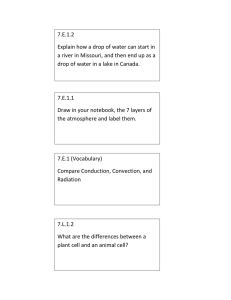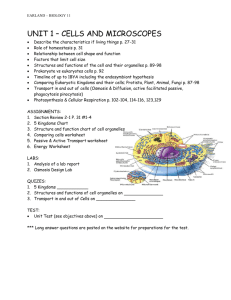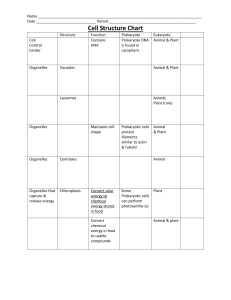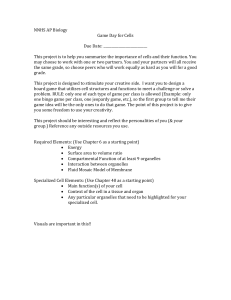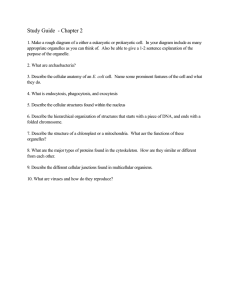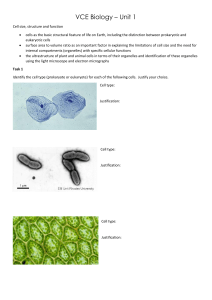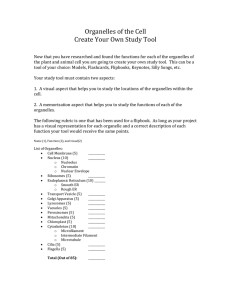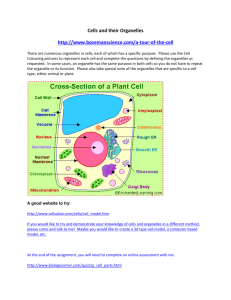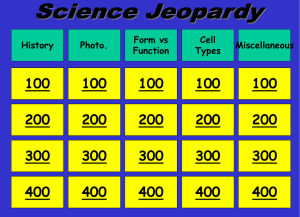REVIEW: 2015 Spring Semester Final—Study sessions 3
advertisement
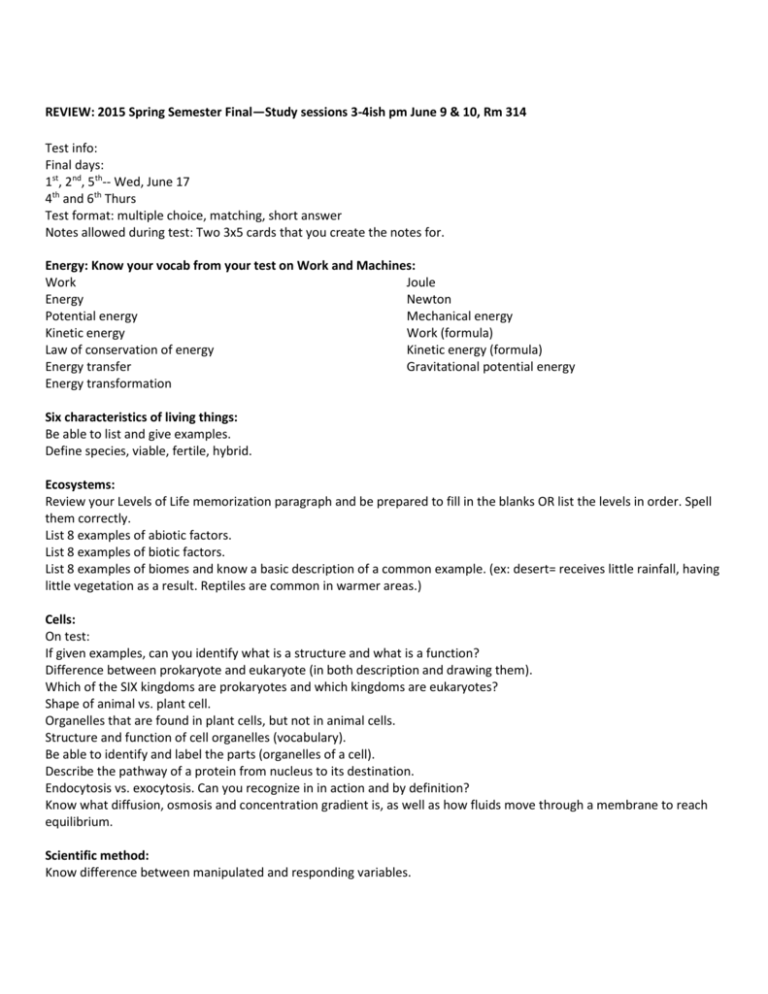
REVIEW: 2015 Spring Semester Final—Study sessions 3-4ish pm June 9 & 10, Rm 314 Test info: Final days: 1st, 2nd, 5th-- Wed, June 17 4th and 6th Thurs Test format: multiple choice, matching, short answer Notes allowed during test: Two 3x5 cards that you create the notes for. Energy: Know your vocab from your test on Work and Machines: Work Joule Energy Newton Potential energy Mechanical energy Kinetic energy Work (formula) Law of conservation of energy Kinetic energy (formula) Energy transfer Gravitational potential energy Energy transformation Six characteristics of living things: Be able to list and give examples. Define species, viable, fertile, hybrid. Ecosystems: Review your Levels of Life memorization paragraph and be prepared to fill in the blanks OR list the levels in order. Spell them correctly. List 8 examples of abiotic factors. List 8 examples of biotic factors. List 8 examples of biomes and know a basic description of a common example. (ex: desert= receives little rainfall, having little vegetation as a result. Reptiles are common in warmer areas.) Cells: On test: If given examples, can you identify what is a structure and what is a function? Difference between prokaryote and eukaryote (in both description and drawing them). Which of the SIX kingdoms are prokaryotes and which kingdoms are eukaryotes? Shape of animal vs. plant cell. Organelles that are found in plant cells, but not in animal cells. Structure and function of cell organelles (vocabulary). Be able to identify and label the parts (organelles of a cell). Describe the pathway of a protein from nucleus to its destination. Endocytosis vs. exocytosis. Can you recognize in in action and by definition? Know what diffusion, osmosis and concentration gradient is, as well as how fluids move through a membrane to reach equilibrium. Scientific method: Know difference between manipulated and responding variables.

